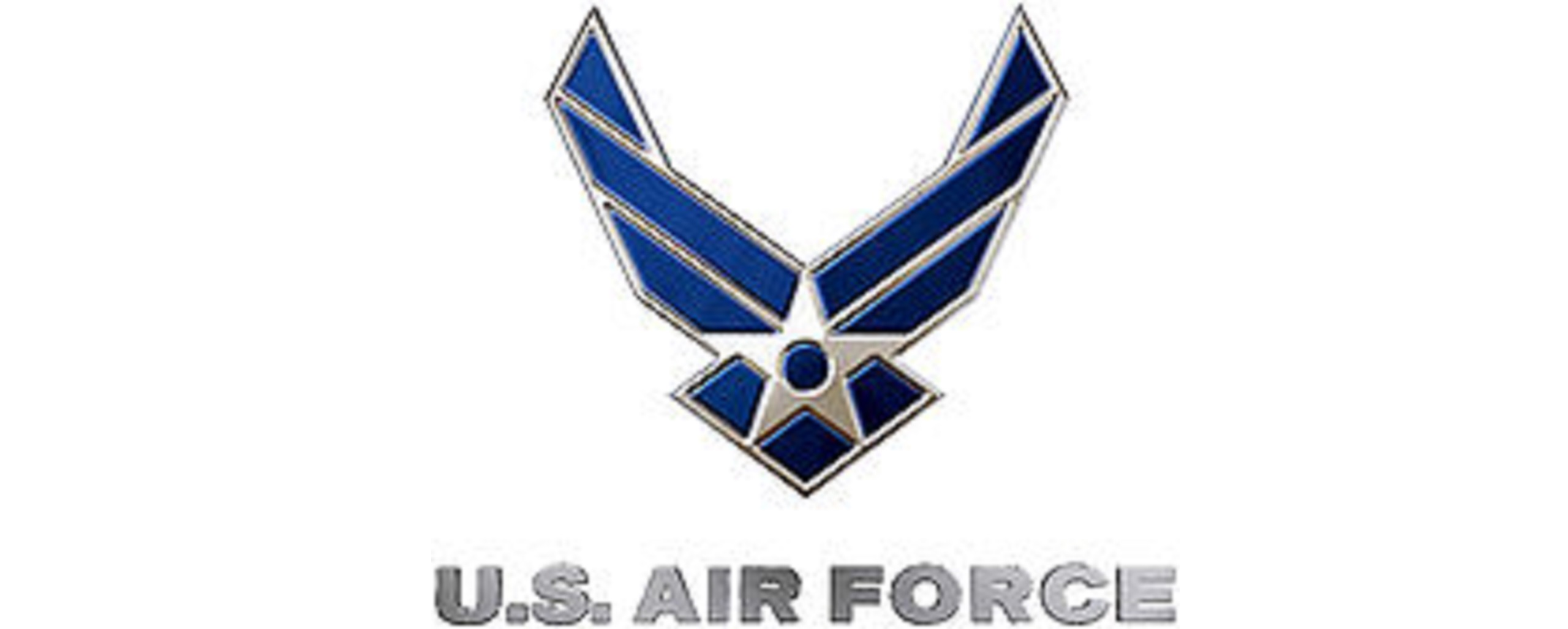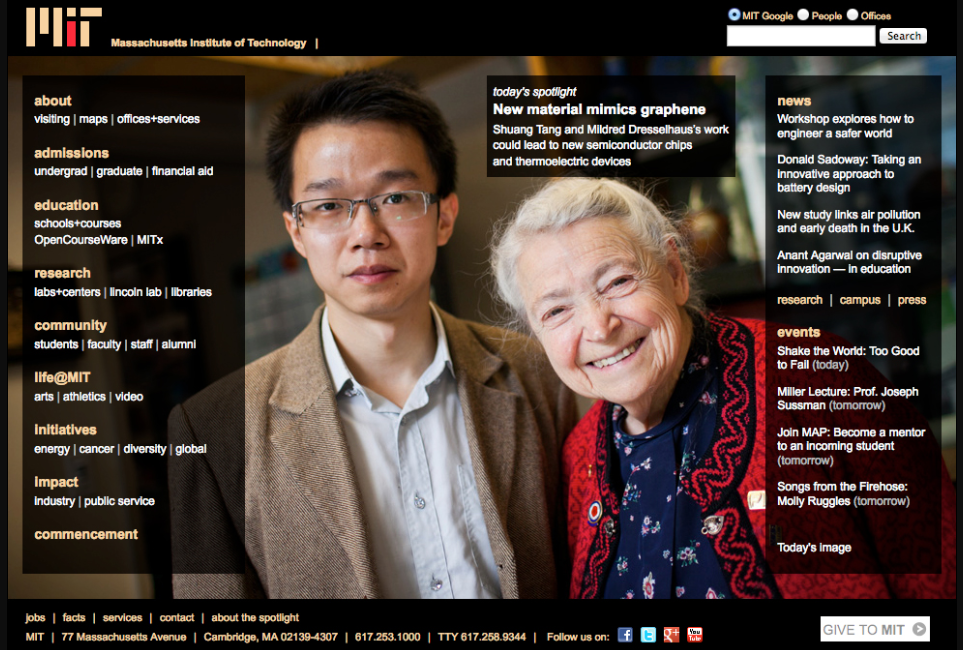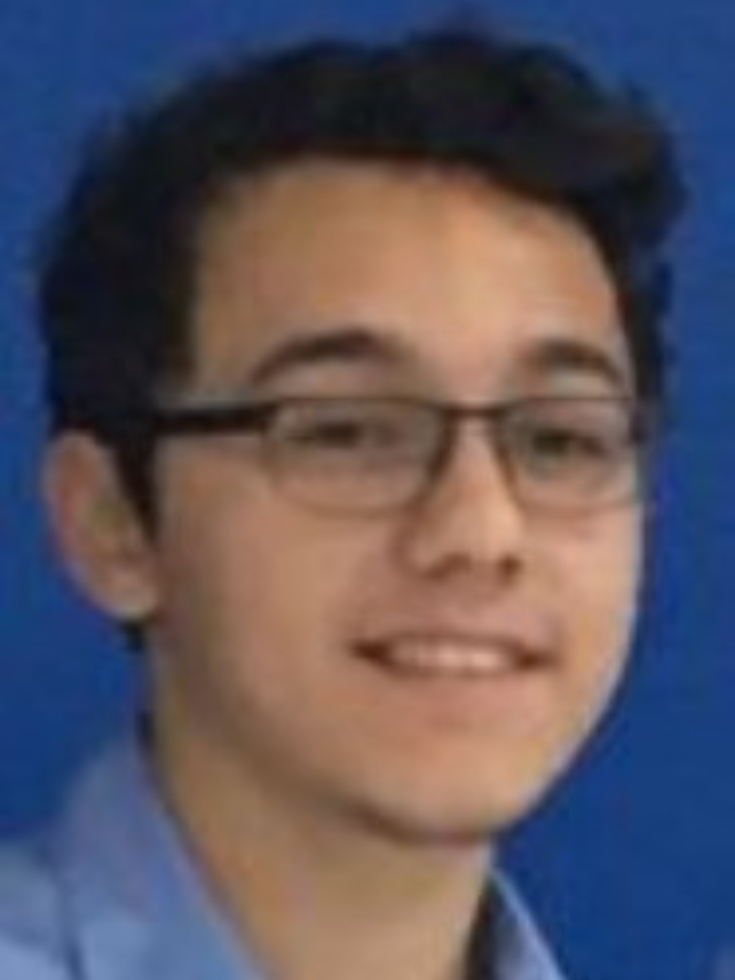Who We Work With and Works For


Professor Shuang Tang: the Team Leader
Professor Shuang Tang has multiple responsibilities in academia. He is currently serving as the Admission Interview Officer (New York Region) and a member of the Educational Council for the Massachusetts Institute of Technology, where he received his doctoral degree in Materials Science and Engineering, advised by Institute Prof. Mildred Dresselhaus. At our State University of New York, he is now a tenured professor, engineer and scientist. The research interests of Professor Tang's team are new computer chips, new energy and new materials, using quantum physics, nanoscience and mechanical engineering. Professor Shuang Tang is also the Co-Director of our Center for Advanced Semiconductor Materials and Devices of Electronics, Photonics and Energy.
Dr. Tang proposed the Tang--Dresselhaus Theory on Anisotropic Dirac Cone; invented the first Tang method on detection electronic scattering's energy sensitivity in semiconductors; invented the zte and ztL method in thermoelectrics. Professor Tang is also the first Chinese native cover figure of MIT Official Home Page.
Professor Tang has served as Session Chairs at multiple sessions of the American Physical Society Conference. He has also worked as the FA Senator, Chair of the Faculty Hiring Committee, Member of University Planning & Budgeting Committee and the University Teaching Quality Committee.
Dr. Tang is Referee/Reviewer of many projects, journals, and conferences: Nano Letters, Nanoscale, Physical Chemistry Chemical Physics, Nanotechnology, Semiconductor Science and Technology, Journal of Solid State Science and Technology, International Journal of Nanomedicine, Journal of Metallurgy, and Recent Patents on Electrical & Electronic Engineering, American Society of Mechanical Engineering Annual Conference
Professor Tang has taught Advanced Materials Science, Advanced Thermodynamics, Data and Statistics, Engineering Economics, Engineering Management, etc.
Expertise of Prof. Shuang Tang's Team
Materials science, applied physics, mechanical engineering, energy and electronic engineering.
Research Projects
We combine materials science, mechanical engineering, electrical and electronic engineering, nanoscience, nanotechnology, artificial intelegence and quantum physics to solve real industrial problems and make real technological innovations.
Cryogenic Solid State Refrigeration
- Carbon Nanotubes
- CNT Networks
- Bismuth Anitmony Alloys
New Computer Chip Materials
- Dirac Cones
- Electronic Transport
- Graphene Materials
New Energy
Materials
- TE Power Generation
- Narrow-Gap Semiconductors
- 2D Layered Materials
Artificial
Intelligence
- Machine Learning
- Pattern Recognition
- Artificial Brain
A Brief History of Modern Computer-Chip Materials.
As the 3rd generation contributor of modern American physics, Prof. Shuang Tang and his co-workers have contributed to the materials design of band structure and electron transport for computer chips.
Click on the right side to learn the official brief history.
We contribute to then, now and future:
- 14 nm, 7 nm and 2 nm Computer Chip.
- Isotropic and Anisotropic Dirac Cones.
- Graphene, Carbon Nanotubes, 2D TMD layers, Black Phosphorene
- Diffusive, Ballistic and Quantum transport
Chip
history
Latest News & Media Reports
News reports of Prof. Shuang Tang's research results and his team by media from all over the world in English, Spanish, Italian, German, Finnish, Chinese, Korean, Vietnamese, Urdu, Azerbaijani etc.
Team Members
The Tang Team is recruiting highly motivated post-docs, doctoral, master and baccalaureate students, dedicated to advancing the real technology and engineering. Please contact contact Prof. Tang for further information.












































